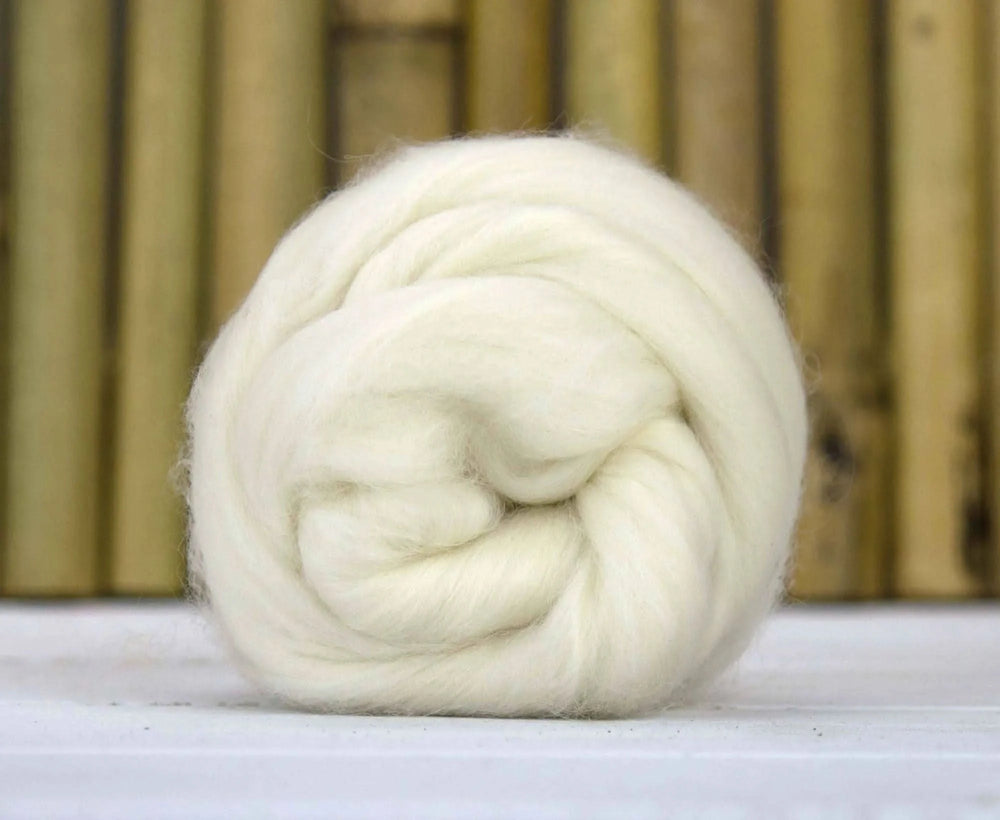Is Cashmere a Natural Fiber? Exploring Its Pure Origins and Uses
Is Cashmere a Natural Fiber? Exploring Its Pure Origins and Uses
Blog Article
Discovering the Different Kinds Of Cashmere a Natural Fiber for Ultimate Deluxe
Cashmere, a natural fiber, is typically related to high-end and convenience. Not all cashmere is developed equal. From the richly soft Mongolian variety to the light-weight warmth of Indian Pashmina, each type offers its own unique attributes and appeal. The more cost effective Chinese cashmere, the conventional Scottish version, and the high-end Italian blend, all inform a various story of this remarkable fiber. As we untangle the world of cashmere, a much deeper understanding of its true worth and refinement begins to arise.
Comprehending the Elegant Nature of Cashmere
Cashmere, commonly related to luxury and comfort, holds an one-of-a-kind allure in the world of all-natural fibers. This soft, light-weight product is wanted for its remarkable warmth and remarkable longevity. Unlike various other natural fibers, cashmere combines insulation with breathability, offering unequaled comfort throughout varying temperatures. Its shiny coating and soft structure add to its high-end charm, validating the costs cost that often comes with cashmere garments. Additionally, cashmere's inherent wrinkle resistance and elasticity boost its desirability, making it a preferred choice for premium garments and devices. Regardless of its delicate appearance, cashmere has a surprising resilience, able to retain its shape and luxurious feeling in time. This distinct blend of attributes cements cashmere's position as a sign of style and indulgence.
Just What Is Cashmere and Where Does It Come From?

Cashmere is obtained from the soft undercoat of cashmere goats, mostly located in Mongolia, China, Iran, and Afghanistan. This careful procedure contributes to the deficiency and high price of cashmere. With its beginning in the severe landscapes of Asia, cashmere is a testament to nature's ability to produce luxury from adversity.
Translating the Different Kinds Of Cashmere
Recognizing the various kinds of cashmere is key to valuing the high quality and special features of this elegant fabric. Normally, cashmere is categorized right into 3 kinds: raw, virgin, and reused. Decoding these kinds is the initial step in recognizing the exclusivity and value of cashmere.

The Distinct Attributes of Each Kind Of Cashmere
Having explored the different classifications of cashmere, it ends up being apparent that each kind boasts its special set of qualities. Mongolian cashmere, as an example, is renowned for its premium high quality, because of Mongolia's extreme winters that generate longer and finer fibers. On the other hand, Chinese cashmere is frequently a lot more economical, though its much shorter fibers can decrease longevity. Scottish cashmere is celebrated for its exquisite softness, a result of the traditional water cleaning process making use of Scotland's soft water. Italian cashmere, Check Out Your URL at the same time, is famous for its skillful mixing and tinting techniques, making it dynamic and versatile. Indian cashmere, also known as Pashmina, is cherished for its extraordinary lightness and warmth. Each kind, therefore, adds to the material's track record for deluxe.
Why Cashmere Is the Epitome of High-end in vogue
Cashmere holds a well-regarded placement worldwide of fashion, concerned as a symbol of luxury and class. Its allure is not just in its soft qualities and warmth, yet likewise in its rarity and the careful procedure included in its procurement. Cashmere is originated from the fine undercoat of Himalayan goats, recognized for their remarkable high quality fiber. The deficiency of this fiber, combined with the labor-intensive procedure of collection, adds to its high rate and special status. Cashmere's unmatched comfort and sturdiness make it a sought-after product in the production of high-end garments. Its more natural light-weight and protecting residential properties add to its charm, making it the embodiment of luxury in More Help vogue.
The Refine of Making Cashmere: From Goat to Garment
The journey of cashmere, from being an undercoat of a Himalayan goat to a luxurious garment, is a complex one. With the development of springtime, farmers in Mongolia and China accumulate the woollen by combing the goats, making sure no harm is done. The acquired wool contains rugged outer hair and soft downy undercoat. This blend is then painstakingly divided, with only the soft down made use of for cashmere. This raw cashmere is washed, colored and rotated into thread. The thread is after that woven or weaved into textiles. The last step involves pushing and washing to provide the fabric its particular softness and heat. From goat to garment, each action is a testament to the skill, persistence and artistry associated with crafting cashmere.

Verdict
In conclusion, cashmere, with its natural sophistication and unparalleled comfort, rules supreme on the planet of luxury fashion. The diversity in kinds, varying from the soft Mongolian, light-weight Indian Pashmina, economical Chinese, standard Scottish, to the vibrant Italian, discloses the versatility of this all-natural fiber. The meticulous procedure of changing it from a goat to a garment additionally contributes to its exclusivity, making cashmere the epitome of class and high-end.
Cashmere, a natural fiber, is typically associated with deluxe and convenience (is cashmere a natural fiber).Cashmere, frequently associated with luxury and comfort, holds a distinct attraction in the world of all-natural fibers. Unlike other natural fibers, cashmere combines insulation with breathability, supplying unequaled convenience throughout differing temperature levels. Cashmere is acquired from the soft undercoat of cashmere goats, largely found in Mongolia, China, Iran, and Afghanistan. Cashmere is derived from the fine undercoat of Himalayan goats, recognized for their superior high quality fiber
Report this page